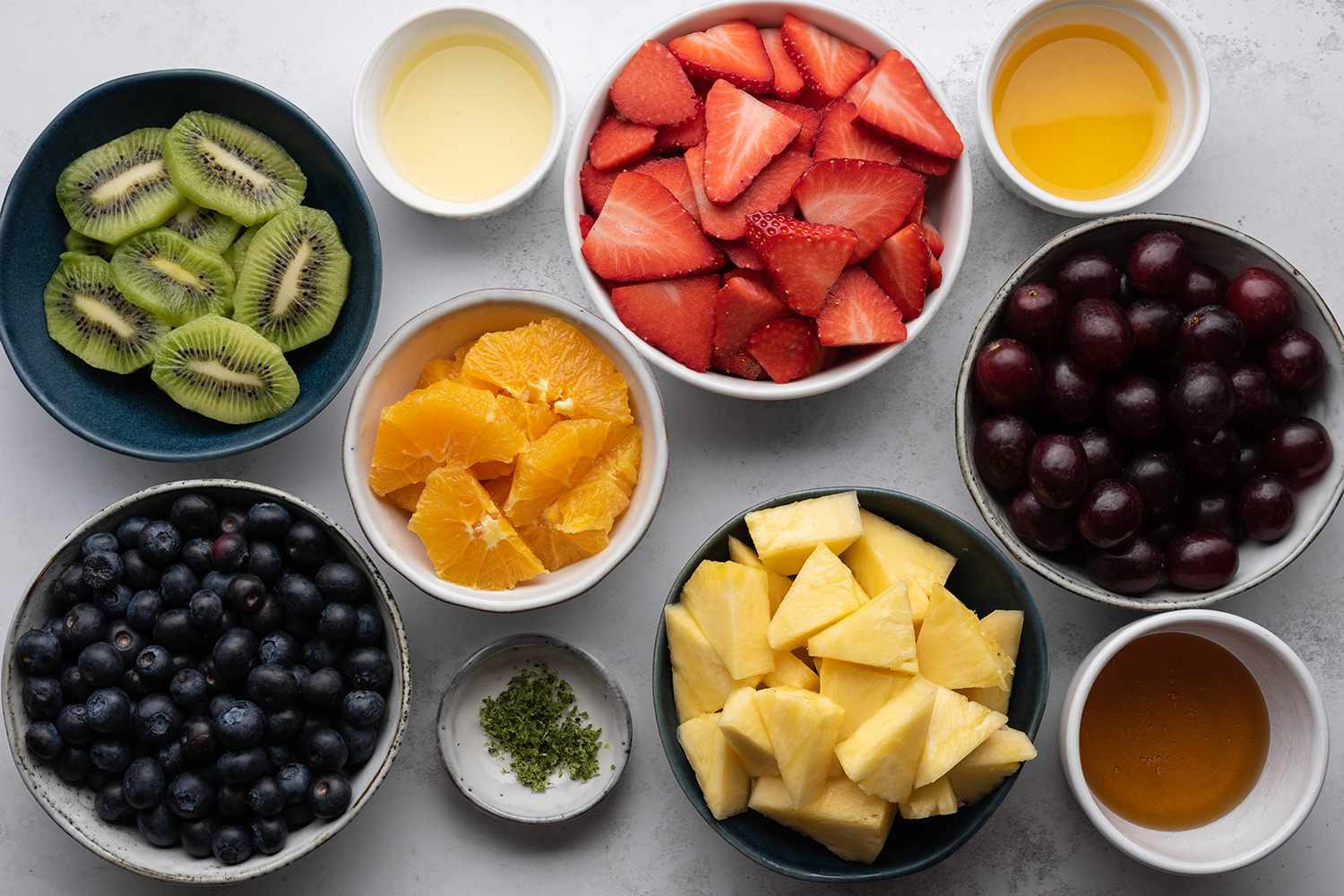Ever marvel why that mango you buy continues to ripen at dwelling, whereas the strawberries don’t get any sweeter or juicer, and in its place merely start rising mildew? Appears, it’s not random. “Ripening is a extremely superior and very coordinated metabolic course of,” explains Rob Blakey, PhD Agric, Evaluation & Development Director at Stemilt. And in line with Farm Supervisor Dominique Kline at The Hope Farm in Alabama, “Some fruits have a mechanism that synthesizes ethylene, a naturally occurring hormone that performs a job inside the composition change and starch conversions into sugar that happens all through the ripening course of.”
In relation to fruit ripening, there are two courses of fruits to recollect to help break the thriller of the “will-it-keep-ripening?” saga: climacteric and non-climacteric fruit. “Climacteric fruit can [continue to] ripen off the tree after they’re mature; non-climacteric fruit ought to mature and ripen on the bush or tree,” explains Dr. Blakey.
Climacteric Fruits
Fruits that ripen after harvest are generally picked sooner than they’re ready to permit them to be transported prolonged distances sooner than they attain the produce aisle. “Climacteric fruits are sometimes delicate of their completely ripened state and can be additional inclined to interrupt all through transport, and in industrial manufacturing, are generally force-ripened by publicity to ethylene near the world of sale or consumption,” explains Kline.
Frequent Climacteric Fruits
“Only a few widespread climacteric fruits that may proceed to ripen after harvest embody bananas, avocados, tomatoes, peaches, mangoes, kiwis, apricots, plums, and papaya,” explains Kline.
Dr. Blakey offers that apples, pears, and melons could even ripen after being harvested. “Many tropical fruits fall into this class, letting them be transported into colder climates for distribution,” says Kline.
Non-Climacteric Fruits
“Non-climacteric fruits ought to ripen whereas nonetheless related to the plant and typically will not reply to exterior ethylene,” says Kline. “They could get softer after harvest, nevertheless that is due to additional of the fruit degrading comparatively than ripening.”
Frequent Non-Climacteric Fruits
These fruits will not proceed to ripen after harvest, so remember to buy solely these at their peak. “Cherries, strawberries, watermelon, pomegranate, oranges, grapes, pineapples, and blueberries,” says Kline. He recommends always looking for these fruits ripe. “Citrus fruits are non-climacteric, nevertheless since they’re greater you could protect them longer at dwelling with out them dropping consuming top quality,” says Dr. Blakey. However, an under-ripe lime or lemon is solely going to be virtually dry, and an under-ripe orange will often be very bitter.
How All This Must Impression Your Grocery Procuring
There are a variety of strategies and tricks to decide which fruits will proceed to ripen at dwelling. “The only technique to know if a fruit is climacteric is that if there are massive modifications in color, style, aroma, and/or texture,” says Dr. Blakey.“ For example, exhausting and inexperienced fruit will change to delicate and yellow.”
You should purchase completely totally different ranges of ripeness so you could choose in line with what you need for the week. “Climacteric fruit continues to ripen so that they’re usually good for just some days to weeks, counting on what ripeness stage you want to eat the fruit,” says Dr. Blakey.
Take avocados, for example. Once you’ve ever purchased a variety of those delicious fruits which were every ripe and exhausting, then you definately already know you want a barely delicate one to eat inside a day and extra sturdy ones which may be capable to eat in numerous days or per week.
Non-climacteric fruit have to be purchased at their peak. It will give off clues as soon as they’re starting to go unhealthy or lose their enchantment. That is known as senesce. “Senesce refers to when fruit will get outdated and breaks down and begins going mealy or browning,” says Dr. Blakey. “Non-climacteric fruit lose water, shrivel and senesce so that they have to be eaten rapidly after purchase for among the finest consuming experience.”
